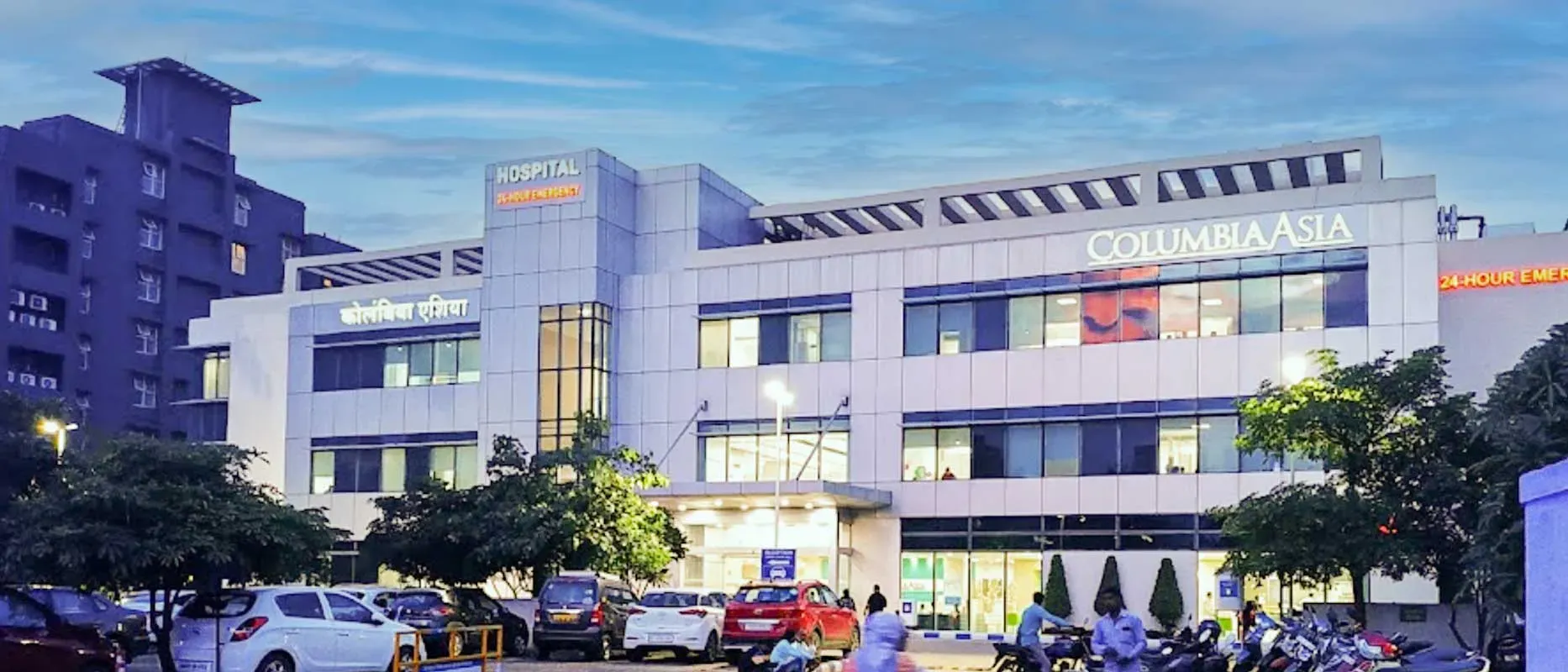Overview of Lobectomy Treatment India
Lobectomy is a surgical procedure in which the lobe of the lung is removed due to the occurrence of cancer or some end stage lung disease. In the human body. There are 3 lobes of the right lung and 2 lobes are present in the left lung. The type of lobe removed depends on which lobe is damaged due to disease. Most of the diseases of lungs in early stages can be treated with medications where there is reversible damage in the lobes of lungs. But when there is extensive damage of a lobe in the lungs due to end stage lung disease or cancer in the last stage, a surgical procedure of lobectomy is performed to remove the damaged or diseased lobe. The decision to perform a lobectomy is based on various factors such as the size, location, and type of the lung disease, as well as the overall health and lung function of the patient. Lobectomy is one of the major types of surgery in which there are many risks and complications associated with the procedure. These complications should be managed properly in order to prevent any delay during the recovery process. After the lobectomy the recovery process takes place several weeks to months. During this period, the rehabilitation training is also performed to increase the overall quality of life of the patient. The procedure of lobectomy is performed either by a large incision in the chest or by the small incision in a minimally invasive technique.
Types of Lobectomy Treatment India
There are mainly two types of lobectomy which are:
- Open Thoracotomy Lobectomy
- Video-Assisted Thoracoscopic Surgery (VATS) Lobectomy
Open Thoracotomy Lobectomy
The traditional method for performing a lobectomy involves making a long incision which is about 6-12 inches on the side of the chest to access the lung. The affected lobe is then removed through this incision after spreading the ribs apart. This approach provides direct visualization of the lung and surrounding structures. It allows the precise removal of the affected lobe. However, it requires a larger incision and usually requires a longer recovery period compared to the minimally invasive method.
Video-Assisted Thoracoscopic Surgery (VATS) Lobectomy
VATS lobectomy is a minimally invasive procedure that has become increasingly popular. Instead of a large incision, a few small incisions of typically 3-4 inches are made on the side of the chest. Through these incisions, a tiny camera or thoracoscope and specialized surgical instruments are inserted that allows the surgeon to view the lung and perform the lobectomy. VATS offers several benefits over open thoracotomy, such as shorter hospital stays, reduced postoperative pain, faster recovery, and less complications.
Procedure of Lobectomy
Here is a general overview of the surgical procedure of lobectomy:
Anesthesia: The anesthesia is administered to limit the discomfort and pain during the procedure of lobectomy. The anesthesia either numbs the whole body or just the part under procedure.
Incision: In the case of open thoracotomy lobectomy, the surgeon makes a long incision on the side of the chest to access the lung. In VATS lobectomy, a few small incisions are made on the side of the chest.
Accessing the Lung: In open thoracotomy lobectomy, the ribs are spread apart to expose the lung and the affected lobe. In VATS lobectomy, a thoracoscope (a thin, lighted camera) and specialized surgical instruments are inserted through the small incisions to view and access the lung.
Ligation and Division of Blood Vessels and Airways: The surgeon carefully identifies and separates the blood vessels and airways that supply the affected lobe. These structures are then ligated or tied off and divided to separate the lobe from the rest of the lung.
Removal of the Affected Lobe: The surgeon removes the entire lobe containing the diseased tissue. In open thoracotomy lobectomy, the lobe is taken out through the large incision, whereas in VATS lobectomy, it is dissected into smaller pieces and removed through the small incisions.
Closure: After the affected lobe is removed, the remaining healthy lung tissue is carefully inspected for any bleeding or air leaks. The surgeon then closes the incisions and applies some medications to prevent any infection.
Recovery: During the recovery process, medications are used to prevent any complications and regular checkups and exercise programs are necessary to speed up the recovery process.
Diagnosis of Lobectomy Treatment India
Cost of Lobectomy in India
The cost of lobectomy in India ranges from 3000 to 5000 USD. The cost may vary according to the condition of the patient at the time of the procedure. The cost may also vary according to the facilities of the hospital and the skills of a surgeon.
Lobectomy procedure in India:
| Treatment Cost in India |
Min in USD |
Max in USD |
| Lobectomy |
3463 USD |
4617 USD |
Symptoms and Risk factors
Indications of Lobectomy
Some of the conditions and diseases in which lobectomy is indicated are:
- Lung Cancer
- Lung Nodules
- Bronchiectasis
- Fungal Infections
- Tuberculosis
- Lung Abscess
- Lung Trauma
- Chronic Obstructive Pulmonary Disease (COPD)
- Lung Metastasis
- Lung Carcinoid Tumors
- Lung Hydatid Cysts
- Lung Hamartomas
- Lung Fibrosis
- Lung Sequestration
Risk Factors of Lobectomy
Some risk factors that are associated with lobectomy are:
Infection
There is a risk of infection after the procedure so medications should be used to prevent the infections. The infection can spread anywhere in the body and delay the recovery process.
Bleeding
The bleeding can occur during the procedure or after the closure. In severe cases, blood transfusions may be required to manage this complication.
Air Leaks
Following the removal of a lung lobe, there is a possibility of air leaks from the remaining lung tissue, leading to partial lung collapse. Chest tubes might be required to drain the air.
Pneumothorax
Air can accumulate in the outer layer of lungs and can cause severe complications like breathing problems.
Cardiac or Pulmonary Complications
The surgery can damage the structures in the surrounding area and can cause severe problems of the heart and lungs like irregular heartbeat and breathing difficulties.
Blood Clots
Blood clots can be formed anywhere in the body and can travel to the major organs like brain, heart and lungs where they cause life threatening conditions.
Adverse Reaction to Anesthesia
The administration of general anesthesia can cause adverse reactions in some patients like allergic reactions and infertility.
Nerve Damage
Surgery may cause nerve damage that can lead to numbness, weakness, or pain in the chest, shoulder, or arm.
Top Hospitals for Lobectomy in India
Shaping the future of the healthcare institution and establishing the path to accomplishment.
Top Doctors for Lobectomy in India
Empower your Health with the Expertise of Leading Medical Professionals.
Dr Balachandar Kariappa Reddy
Department of General Surgery
Consultant
Book Appointment
Treatment Costs for Lobectomy
Be the change and be an opportunist in transforming healthcare.
How it's Works
Guiding your Journey from Discovery to Treatment Planning and Beyond.
Discovery
Get a consultation to discover about your treatment
Pre-Treatment
Admission to the best hospital and all pre-treatment facilities
Post Treatment
Get post-treatment follow-up care with medicine fulfillment
Treatment Planning
Hassle-free treatment planning with package & cost estimations
in-treatment
world-class quality procedures and equipment for treatment






















